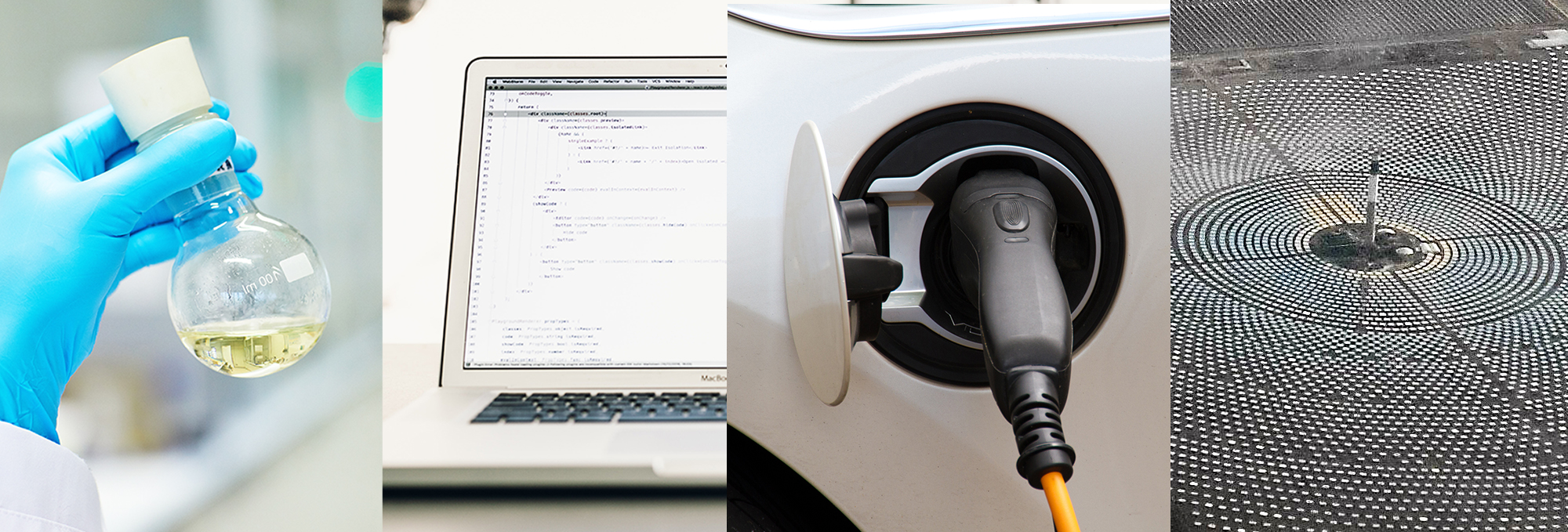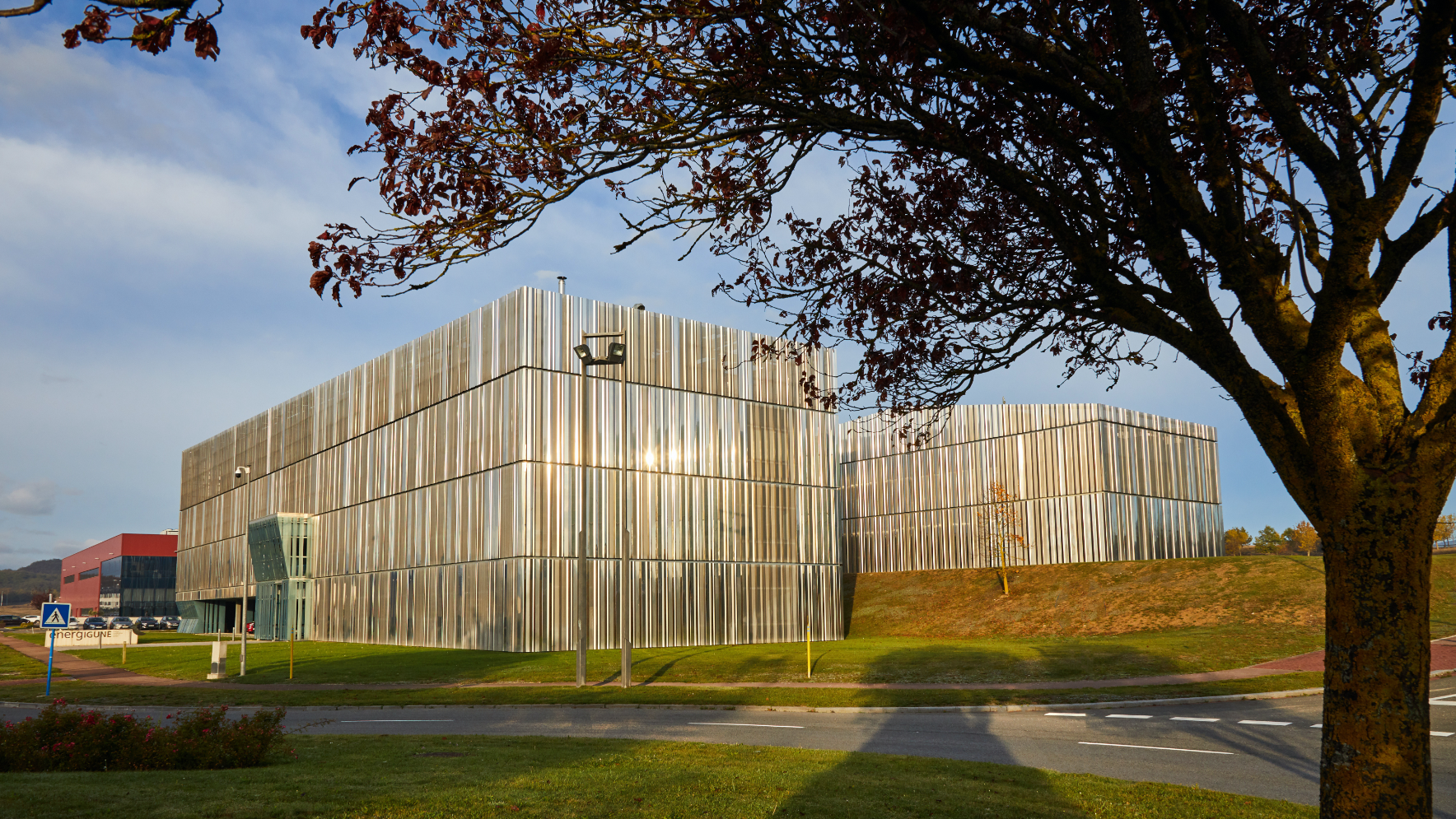

1. What is the current challenge when it comes to developing new compounds or advanced materials?
Although we now have powerful digital tools, designing new materials remains a highly complex process. The chemical space is practically infinite: there are so many possible combinations that computational power or experimentation alone is not enough—you need to know what to look for and why.
This is where something fundamental comes into play: scientific expertise. At CIC energiGUNE, we have launched a scientific collaboration line in Molecular Design precisely to address this challenge with a more strategic and efficient approach. It´s not just about running simulations, but about asking the right questions, applying solid chemical criteria, and translating results into real solutions for industry or research.
2. What does this line consist of, and what sets it apart from other initiatives?
We offer a comprehensive approach based on scientific knowledge and expert guidance. Through a new platform that integrates databases, digital tools, internally developed chemical filters, and—most importantly—the expert interpretation of our team, we can narrow down the chemical space to explore from billions to just hundreds of compounds in a matter of minutes.
This capability greatly accelerates the screening and selection process of new candidates using descriptors developed with scientific criteria tailored to the real needs of each project. Our mission is not to generate large volumes of data, but only the data that is essential to distinguish between potential candidates and the rest. It´s also worth noting that these descriptors are fully interpretable, allowing us to understand the origin of the optimized properties of new candidates and to design strategies to enhance them efficiently.
3. What type of compounds are being targeted, and for what applications?
We aim to explore both organic compounds and metal complexes in the broadest sense, with applications in diverse areas such as catalysis, energy, biomedicine, magnetism, and sustainable materials. Through our consultancy, we help identify compounds with specific physical properties and more active, robust, and cost-effective molecular catalysts. All of this starts with a precise understanding of the challenge and guides development toward viable and customized solutions.
4. What role does DART play in this service?
DART is one of the tools we use as a technological base within our Molecular Design Consulting Service. It is a platform developed by a team with whom we have a close collaboration, and which we have carefully integrated into our workflow to adapt it to the real needs of our clients and projects. We do not use DART as a stand-alone solution, but as part of a broader approach that combines our chemical expertise, proprietary databases, and the development of specific intelligent filters that allow us to narrow down and prioritize results.
In addition, we validate the predictions through other complementary methods and assays, ensuring that the selected compounds are not only promising in theory, but also feasible in practice. In this context, DART works like an accelerator: it multiplies our capabilities and allows us to explore more options in less time. But its real value arises when integrated with the scientific judgment of our researchers, who are in charge of interpreting, contextualizing and converting these possibilities into concrete solutions for each case.
5. What types of collaborations or projects could benefit from this new scientific line?
This initiative is mainly aimed at supporting research groups and companies in the agile and precise development of new compounds. It is especially useful for accelerating processes, minimizing costs, reducing trial and error in the lab, and exploring compounds with specific properties.
No prior experience in computational chemistry is required to benefit from this, as our team takes care of translating challenges into scientific criteria, applying advanced simulation tools, and delivering concrete, applicable solutions. We combine technology and expert knowledge so that innovation in molecular design is accessible, rigorous, and result-oriented, enabling innovation across sectors such as pharmaceuticals, chemicals, industry, and energy storage, among others.
6. What is the center´s future vision for this initiative?
We want to democratize access to intelligent chemical compound design. Not just generate knowledge, but put it at the service of those creating real technological solutions.
Our vision is that tools like this new approach, combined with our consultative focus, can lead to disruptive discoveries in record time, increase project success rates, and open new pathways for interdisciplinary collaboration.
This new scientific line does not replace the laboratory—it enhances it. It’s like having a clearer map to know which areas to explore with a higher success rate and in less time.

If you want to know the latest trends in energy storage and new developments in research, subscribe.

If you want to join a top-level team, collaborate with specialists in multiple disciplines or tell us about your concerns, don't think twice...